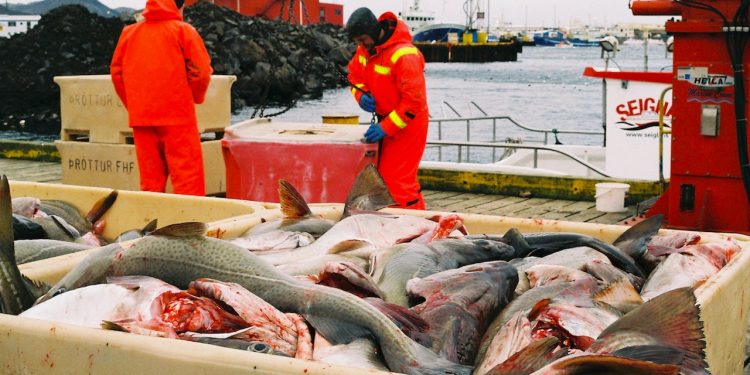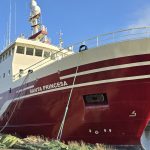Iceland’s minister of fisheries and agriculture, Kristján Thór Júlíusson, has followed the Marine Research Institute’s advice in setting quotas for the 2019-2020 quota year that opens on 1st September this year.
According to the Ministry, the quota allocation for the comping quota year is in line with long-term sustainability aims and the ICES precautionary principles.
The Marine Research Institute states that the cod stock is in a strong position, allowing the cod quota to be increased by 3% from 264,437 tonnes this year to 272,411 tonnes next year, while the haddock quota is reduced by 28%. Predictions relating to the growth of the 2014 haddock year class did not turn out as expected.
The quota for saithe is increased by 2% while quotas for golden redfish, Greenland halibut and herring are all reduced.
‘Basing decisions concerning total allowable catches on scientific advice is one of the pillars of Icelandic fisheries management and this ensures the sustainable exploitation of marine resources in future,’ Kristján Thór Júlíusson said.
‘The success of this management policy is undeniable, demonstrated by the fact that the cod spawning stock is at its strongest for the last sixty years. On the other hand, what is clear from the Institute’s advice is that there is a lack of recruitment for some species and this is something that needs to be addressed with further research.’
The 2019-2020 quota for cod has been increased to 272,411 tonnes, while haddock has been cut to 40,723 tonnes. The saithe quota is up at 80,588 tonnes. Deep-sea redfish is 12,492 tonnes and golden redfish is 38,896 tonnes. The Greenland halibut quota has been reduced to 12,047 tonnes. The quota for Icelandic summer-spawning herring has been set at 34,572 tonnes, and further quotas for pelagic species will be allocated at a later date.









